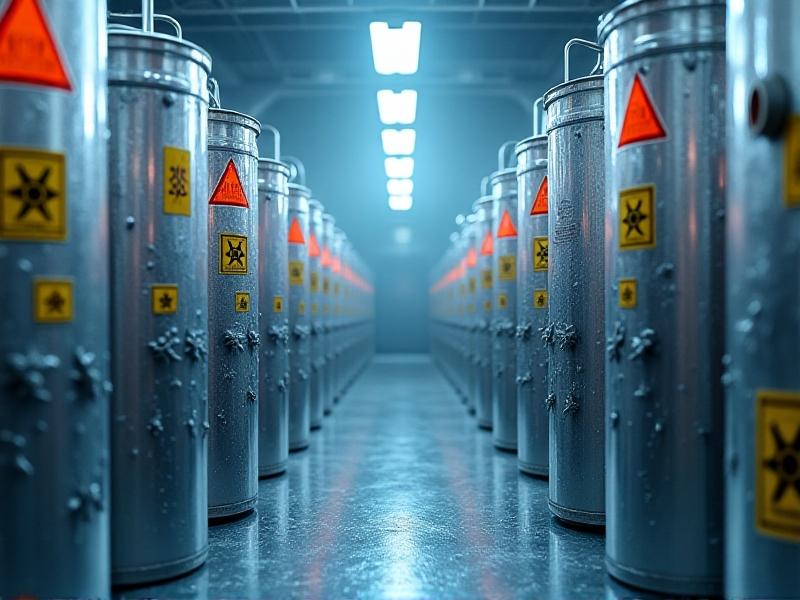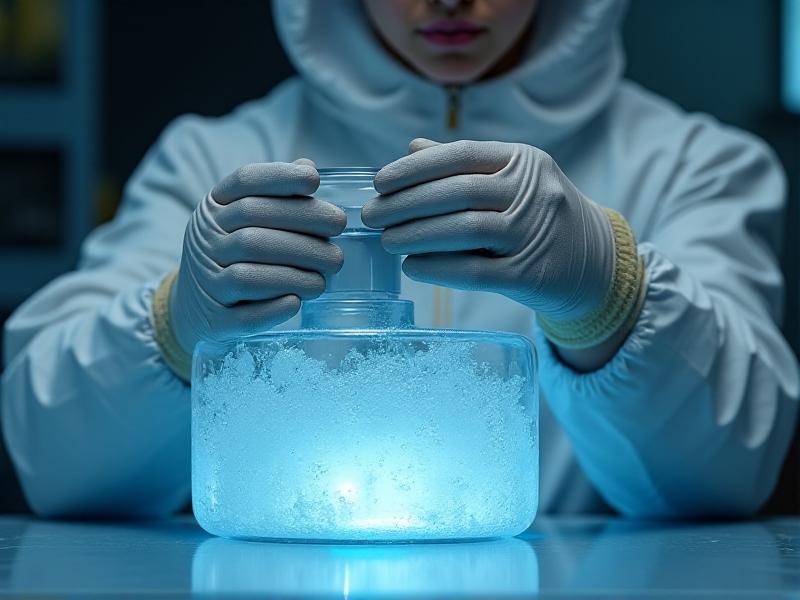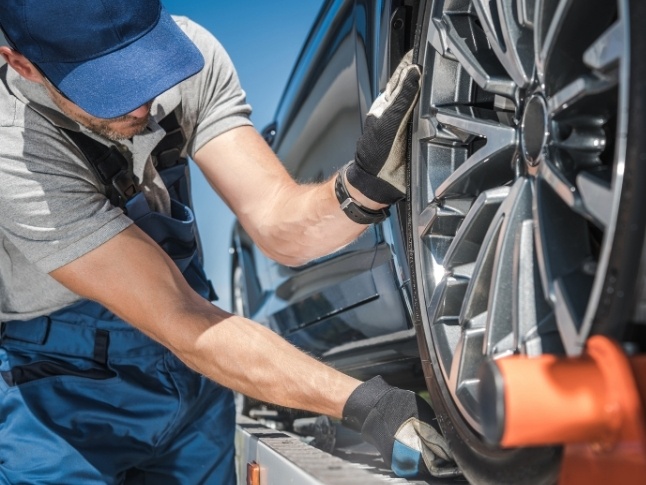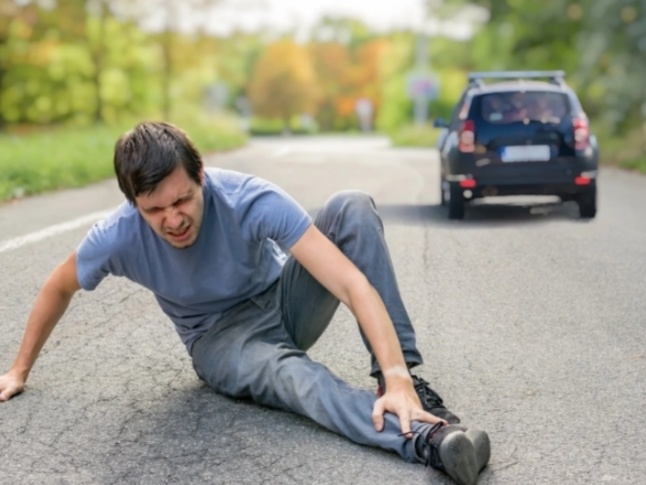Safe Handling Procedures for Cryogenic Materials
Understanding Cryogenic Materials
Cryogenic materials are substances that are kept at extremely low temperatures, typically below -150°C (-238°F). These materials include liquid nitrogen, liquid oxygen, and liquid helium, among others. They are widely used in various industries, including medicine, aerospace, and scientific research. Understanding the properties of these materials is crucial for their safe handling. Cryogenic substances can cause severe frostbite upon contact with skin, and their rapid evaporation can lead to oxygen displacement, posing a risk of asphyxiation. Additionally, the extreme cold can make certain materials brittle, increasing the risk of structural failure.

Essential Safety Equipment for Handling Cryogenic Materials
Proper safety equipment is non-negotiable when working with cryogenic materials. Personal protective equipment (PPE) such as cryogenic gloves, face shields, and aprons made from materials resistant to extreme cold are essential. Insulated gloves protect against frostbite, while face shields safeguard the eyes and face from splashes. Additionally, wearing long-sleeved clothing and closed-toe shoes can prevent accidental skin exposure. Beyond PPE, the workspace should be equipped with safety showers and eyewash stations in case of accidental contact. Ventilation systems are also critical to prevent the buildup of gases that could displace oxygen in the air.

Proper Storage and Transportation of Cryogenic Materials
Storing and transporting cryogenic materials require specialized containers designed to withstand extreme temperatures. Dewar flasks, which are double-walled vacuum-insulated containers, are commonly used for this purpose. These flasks minimize heat transfer, keeping the contents at their required low temperatures for extended periods. During transportation, it’s essential to secure the containers to prevent tipping or damage. Vehicles used for transporting cryogenic materials should be well-ventilated and equipped with emergency response tools. Labels and hazard signs should be clearly displayed on containers to alert handlers to the contents and associated risks.

Handling Procedures for Cryogenic Liquids
When handling cryogenic liquids, it’s important to follow strict procedures to minimize risks. Always pour liquids slowly to avoid splashing, and never seal containers completely, as the buildup of pressure from evaporating gases can cause explosions. Use appropriate tools, such as tongs or scoops, to handle solid cryogenic materials like dry ice. Be mindful of the materials’ properties—liquid nitrogen, for example, can cause severe burns if it comes into contact with skin. Regularly inspect containers for signs of wear or damage, and never use containers that are compromised. Training and adherence to safety protocols are essential for anyone working with these materials.
Emergency Response for Cryogenic Accidents
Despite all precautions, accidents can happen when working with cryogenic materials. Immediate action is crucial in such scenarios. If skin comes into contact with a cryogenic substance, rinse the affected area with lukewarm water and seek medical attention. In case of inhalation of cryogenic gases, move the affected person to a well-ventilated area and administer oxygen if necessary. For spills, evacuate the area and allow the material to evaporate naturally, ensuring proper ventilation. Emergency response plans should be in place, and all personnel should be trained in first aid and emergency procedures specific to cryogenic materials.
Training and Education for Cryogenic Safety
Comprehensive training is the cornerstone of safe handling practices for cryogenic materials. Workers should be educated on the properties of the materials they are handling, the risks involved, and the correct use of safety equipment. Regular safety drills and refresher courses can help reinforce this knowledge. Training should also cover emergency response procedures and the proper use of safety equipment. By fostering a culture of safety and continuous learning, organizations can significantly reduce the risks associated with cryogenic materials.
Environmental Considerations in Cryogenic Handling
Handling cryogenic materials also involves considering their environmental impact. The release of cryogenic gases can contribute to air pollution and global warming. Proper containment and disposal methods are essential to minimize these effects. Recycling and reusing cryogenic materials where possible can also reduce environmental impact. Additionally, organizations should strive to use energy-efficient equipment and practices to further mitigate their environmental footprint. By balancing safety with environmental responsibility, it’s possible to handle cryogenic materials in a sustainable manner.
Regulatory Compliance and Industry Standards
Compliance with regulatory standards is a critical aspect of handling cryogenic materials safely. Organizations must adhere to guidelines set by bodies such as OSHA (Occupational Safety and Health Administration) and ISO (International Organization for Standardization). These standards cover everything from equipment specifications to handling procedures and emergency response. Regular audits and inspections can help ensure compliance and identify areas for improvement. Staying up-to-date with regulatory changes and industry best practices is essential for maintaining a safe and compliant workplace.
Innovations in Cryogenic Safety Technology
Advancements in technology are continually improving the safety of handling cryogenic materials. Innovations such as smart sensors that monitor temperature and pressure in real-time, and automated systems that reduce human exposure to cryogenic substances, are becoming more prevalent. Enhanced PPE materials that offer better protection and comfort are also being developed. Additionally, virtual reality (VR) training programs are emerging as effective tools for educating workers on safe handling practices. By embracing these technological advancements, organizations can further enhance their safety protocols and reduce risks.








